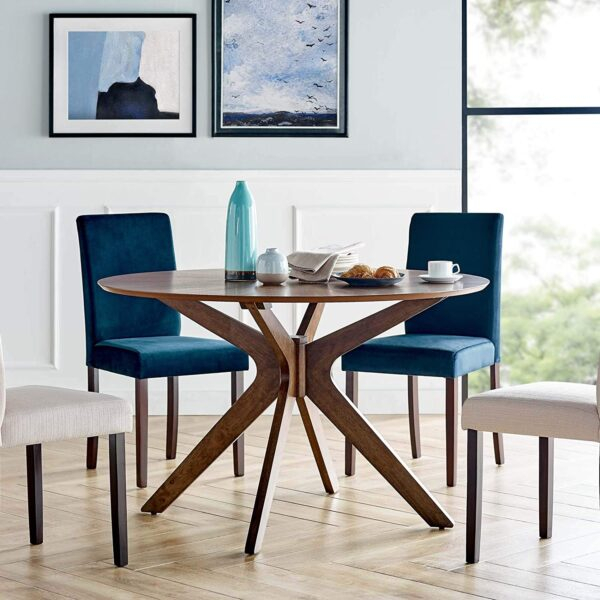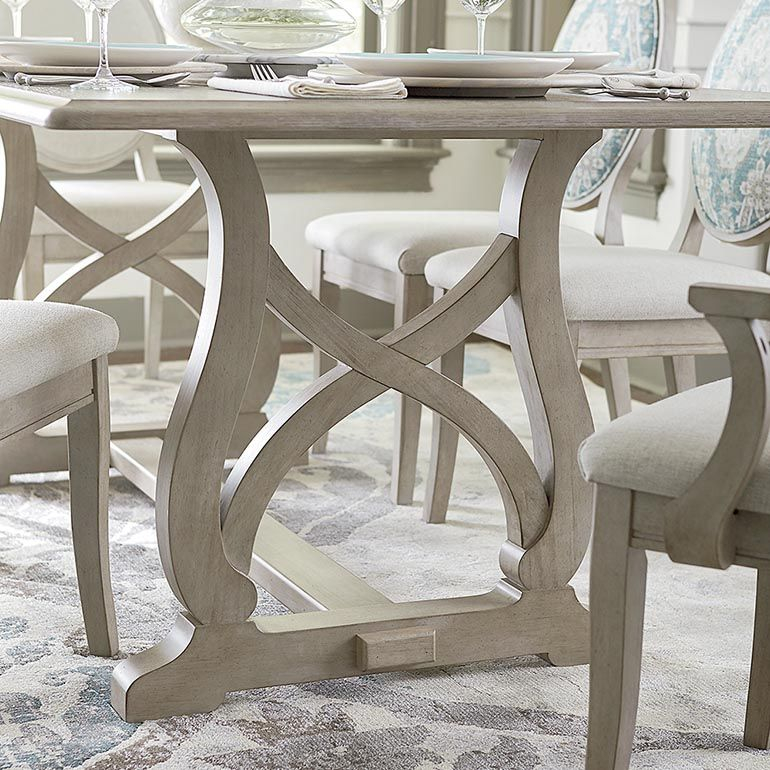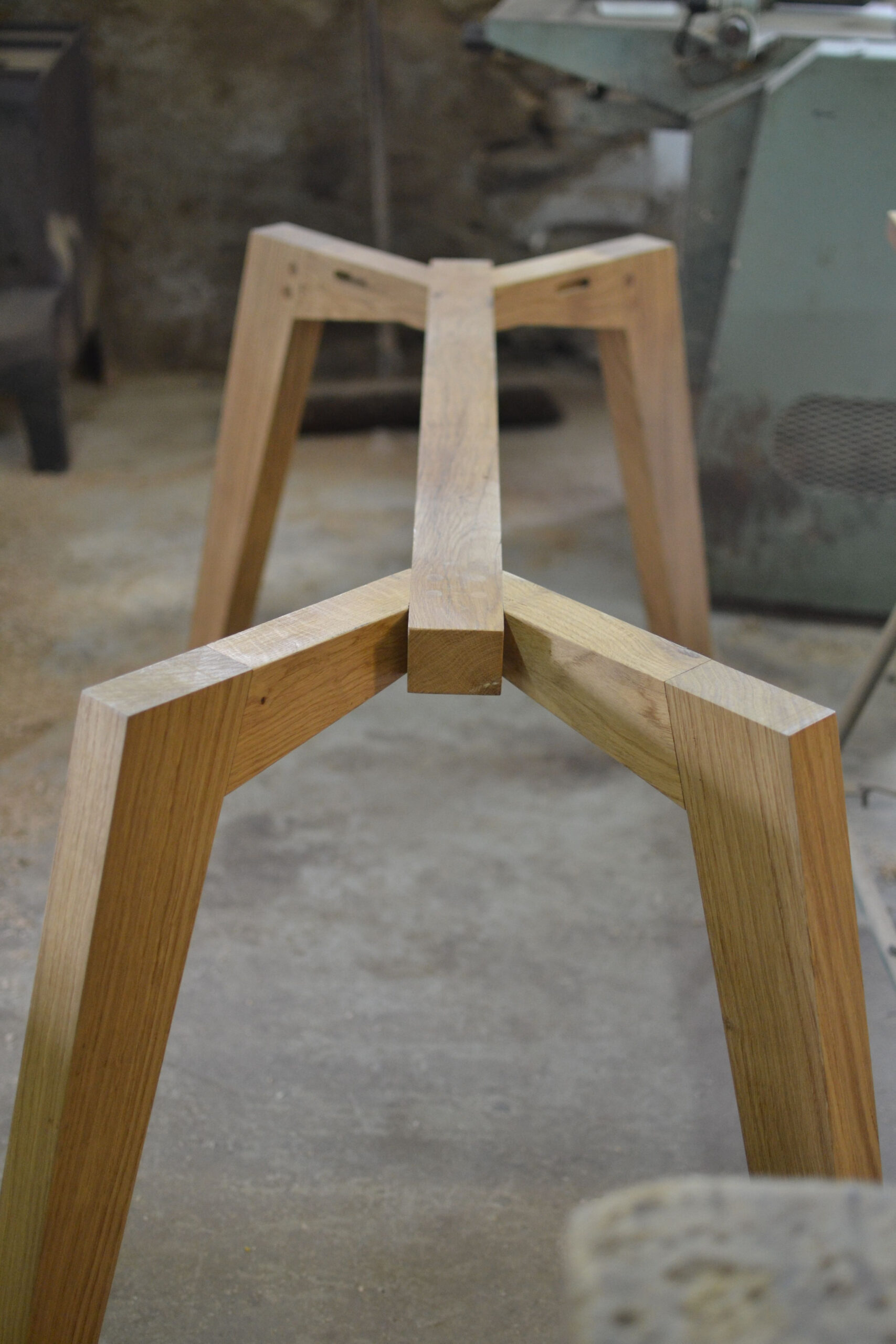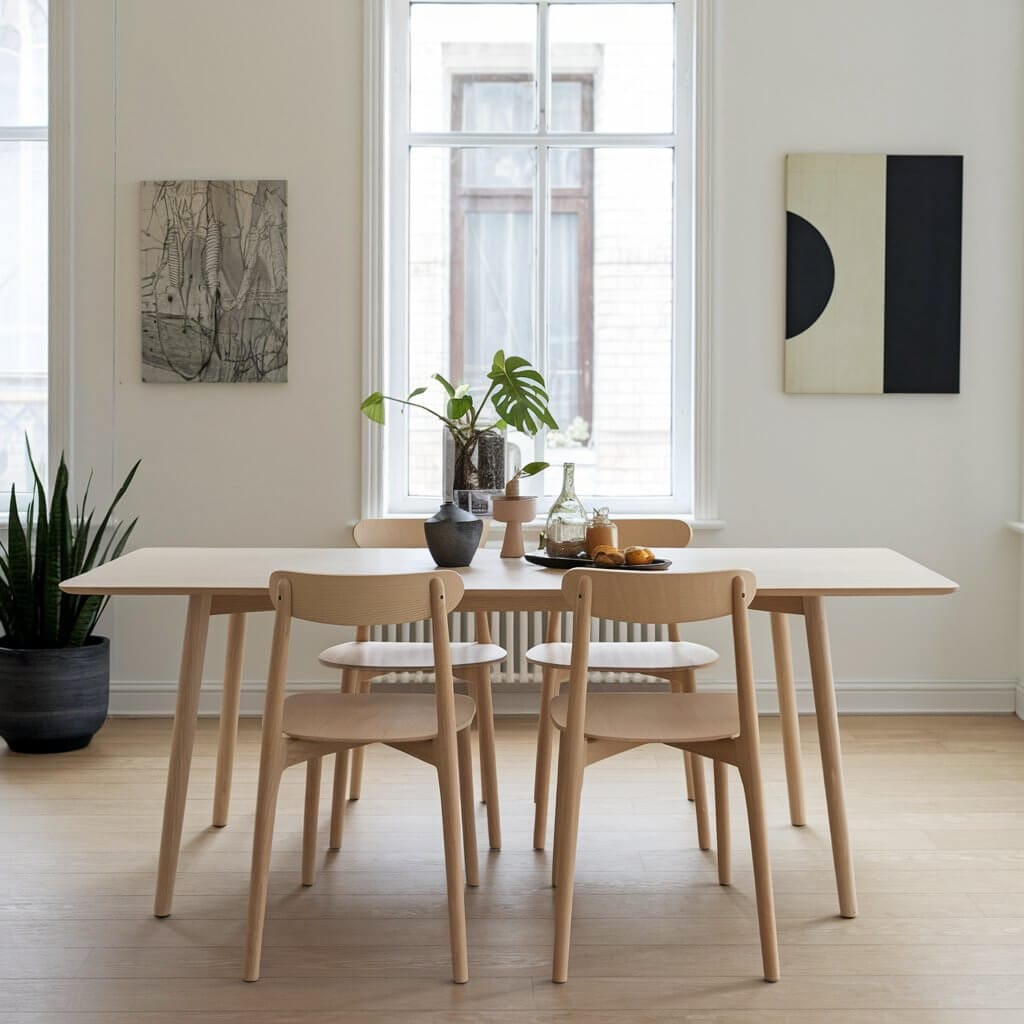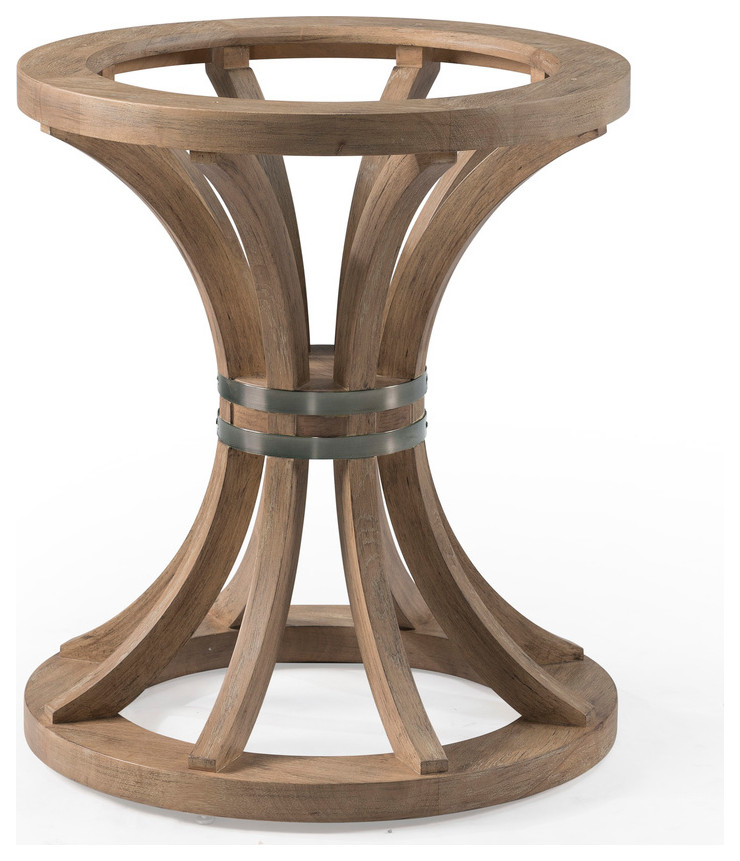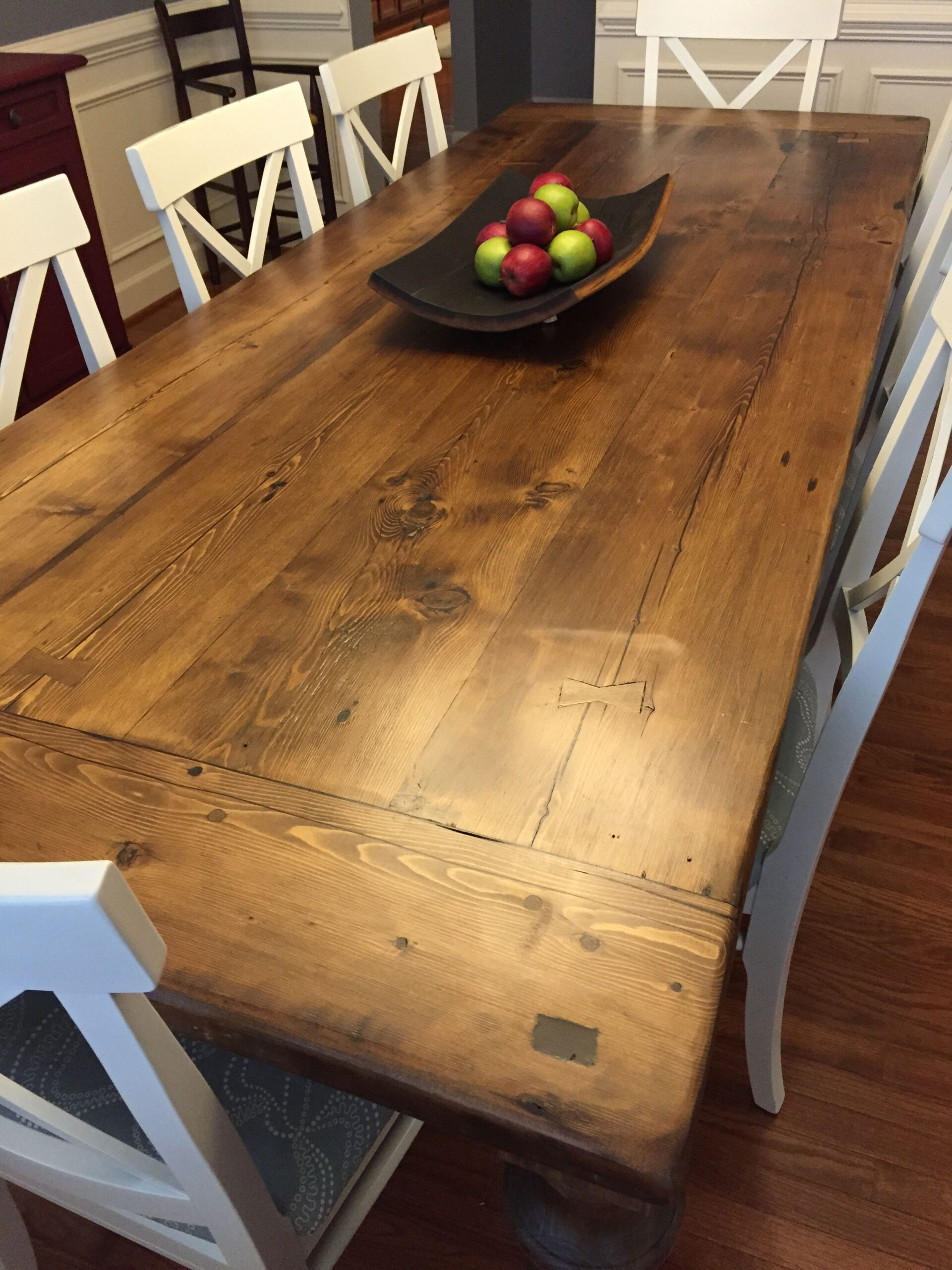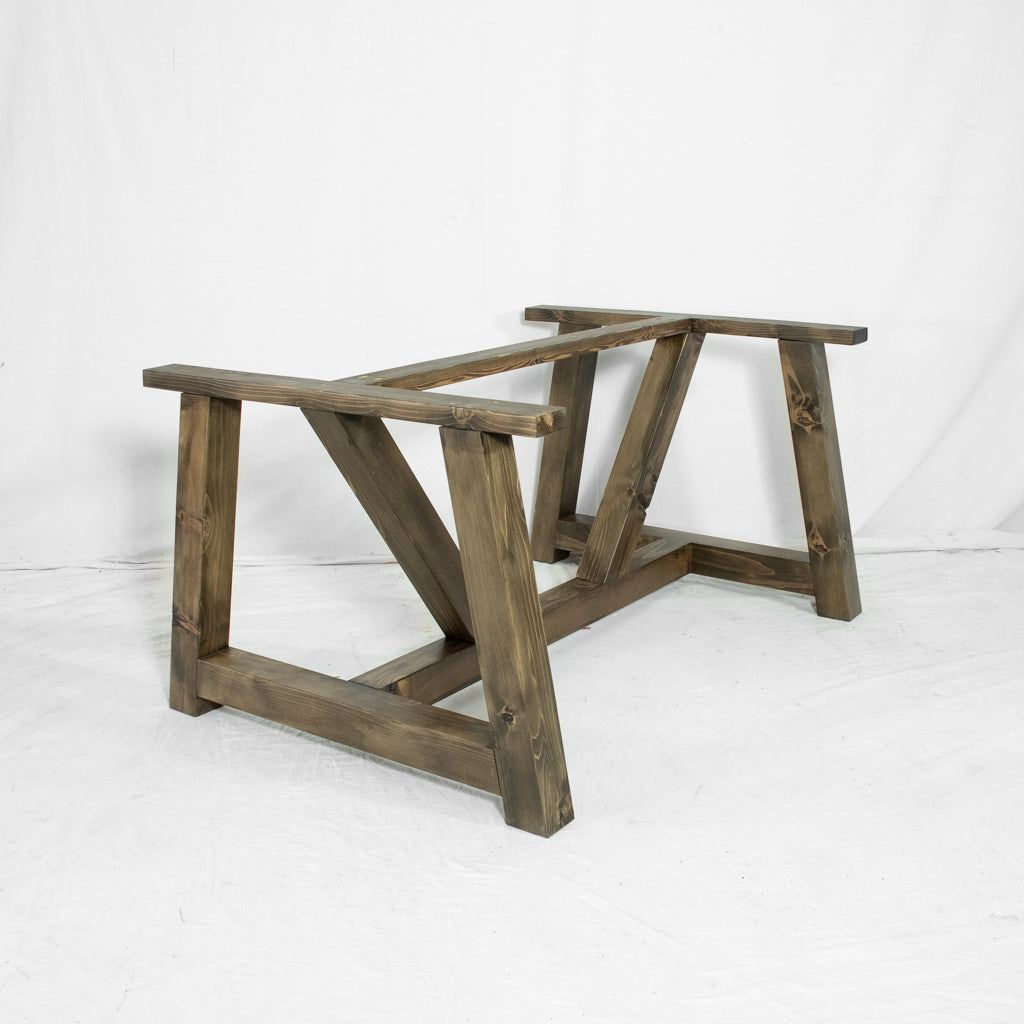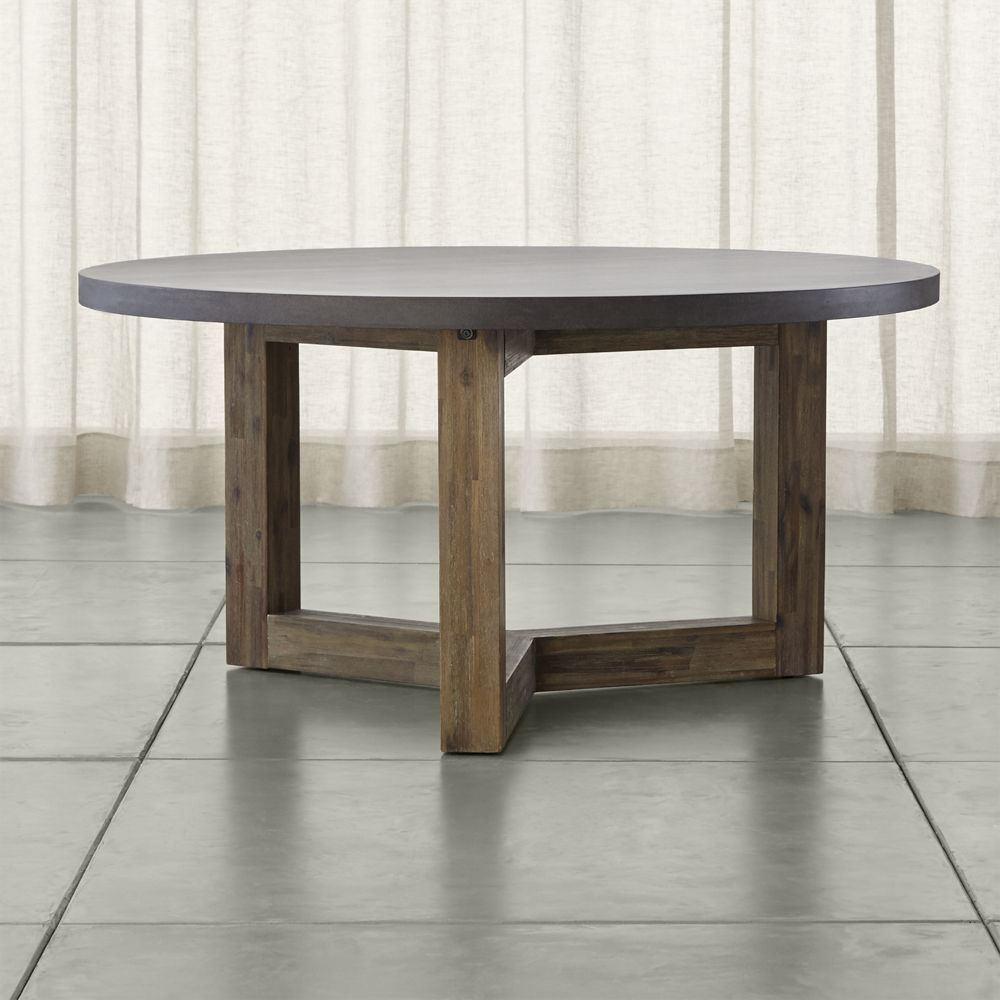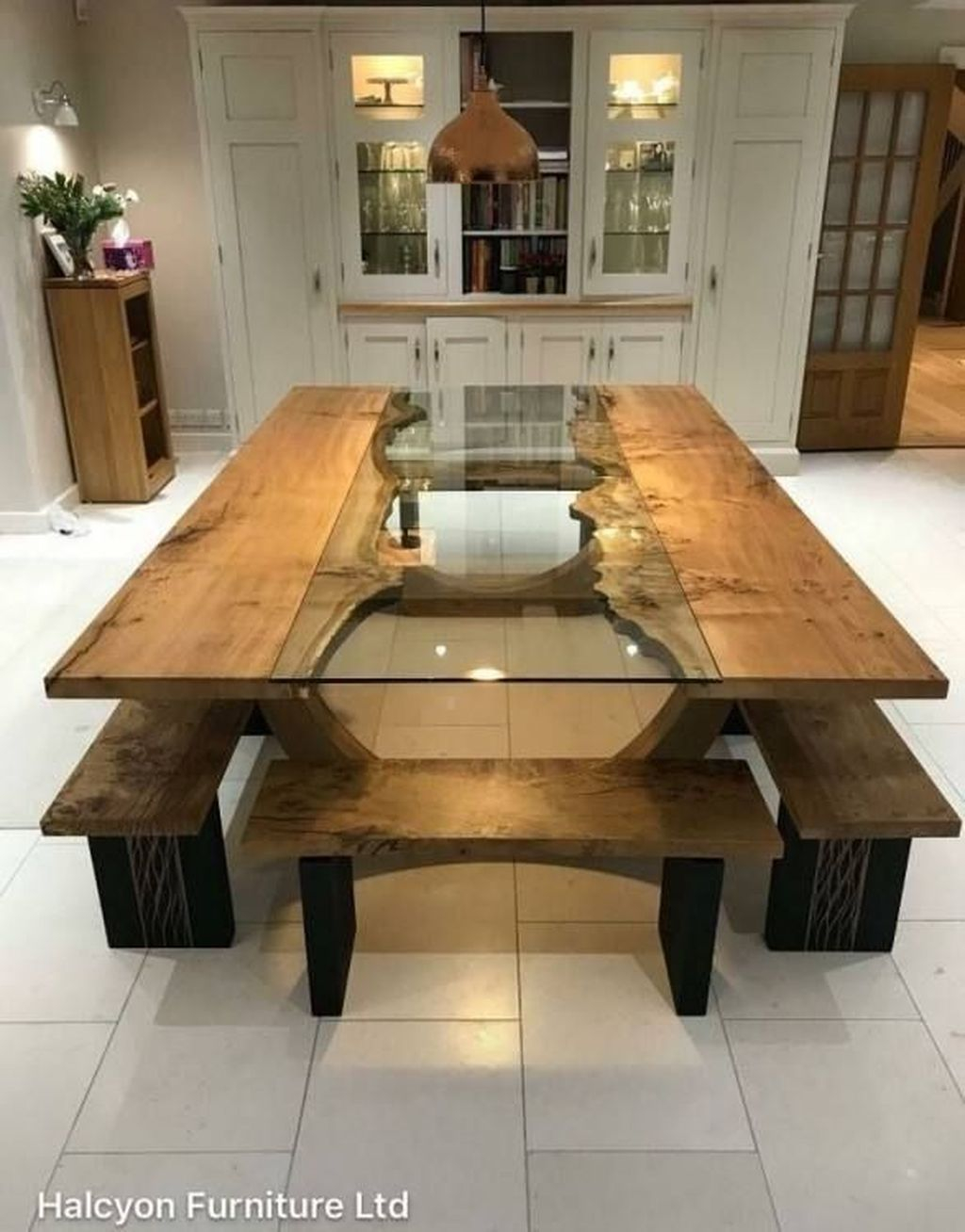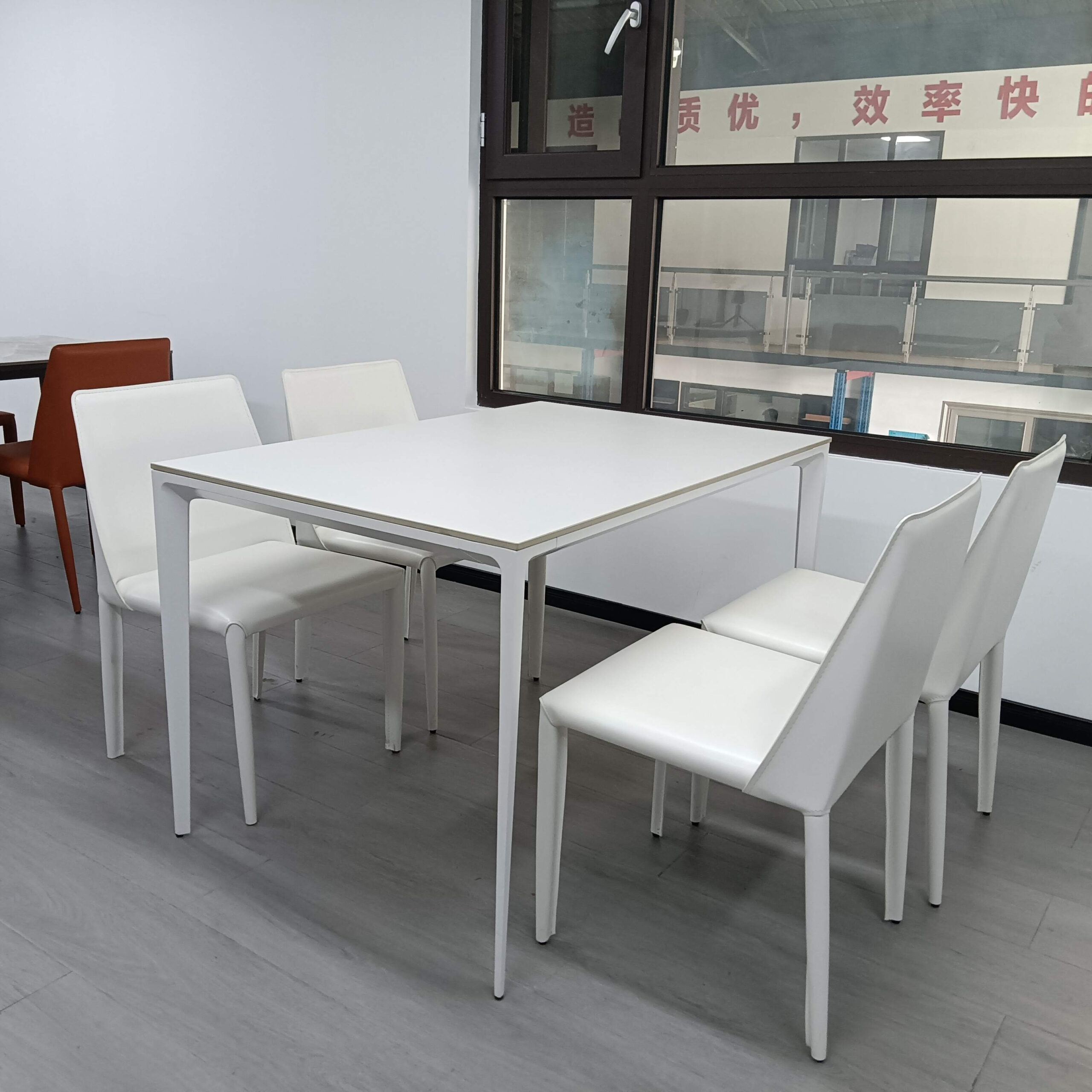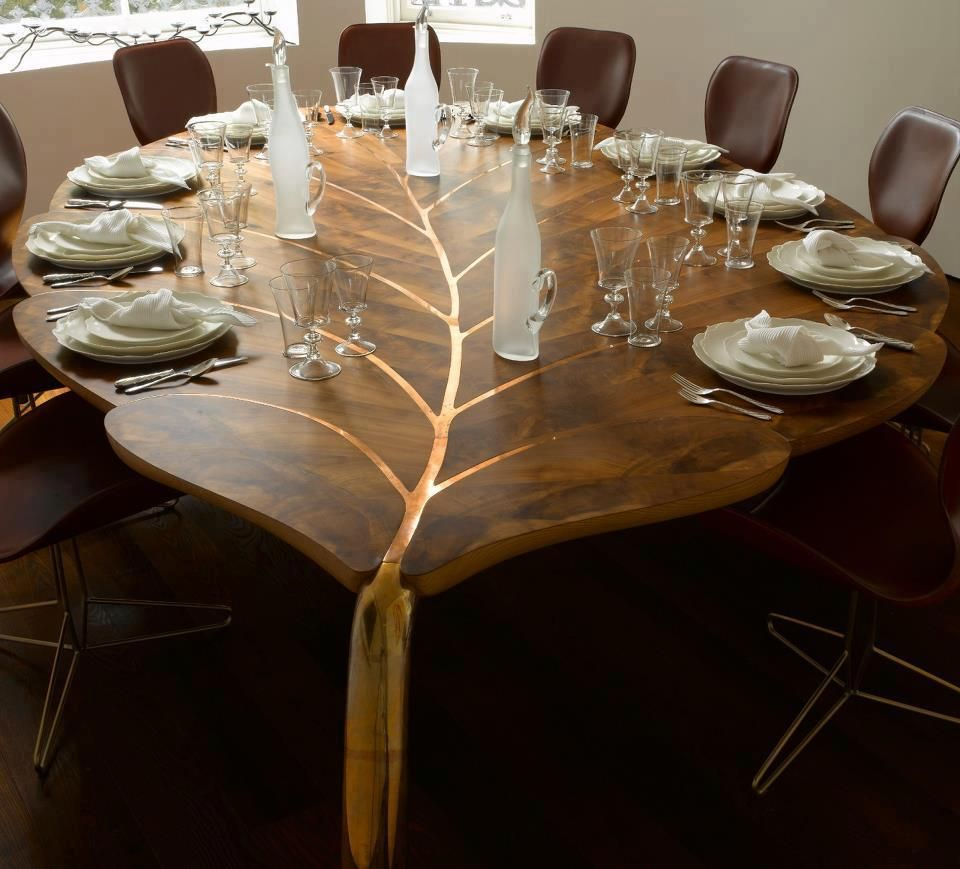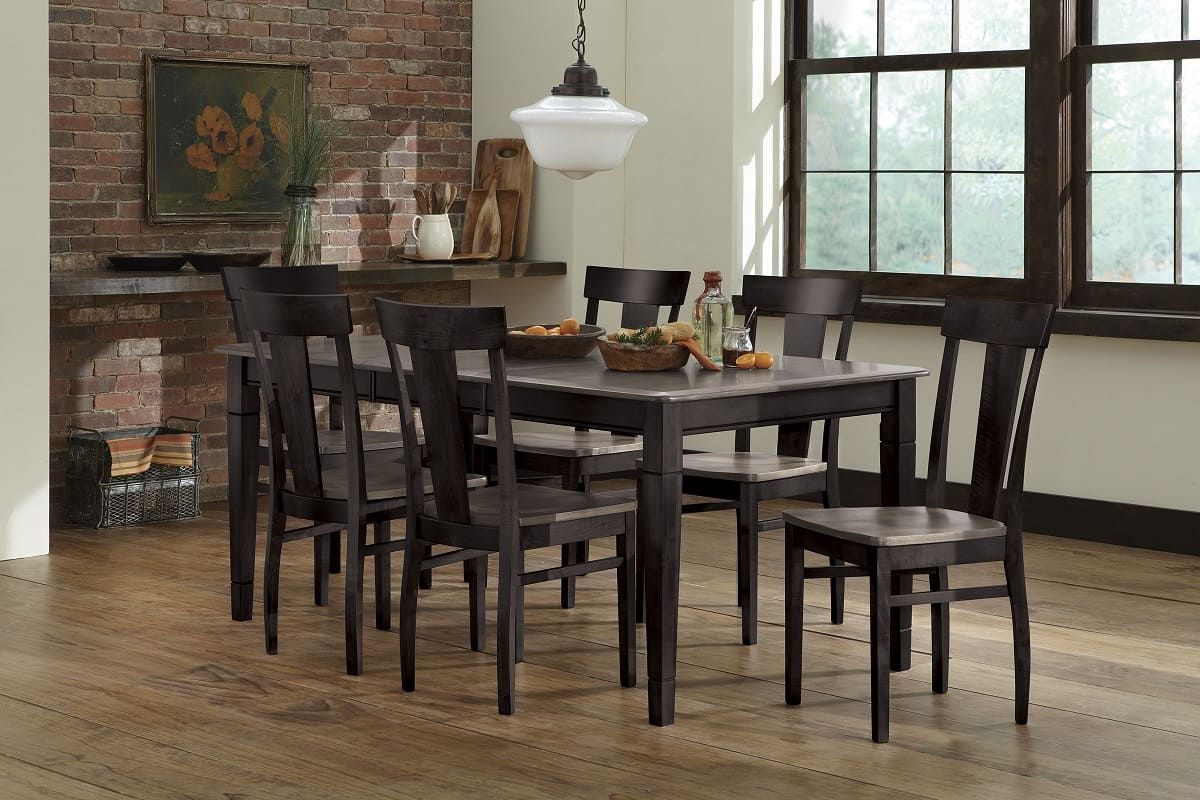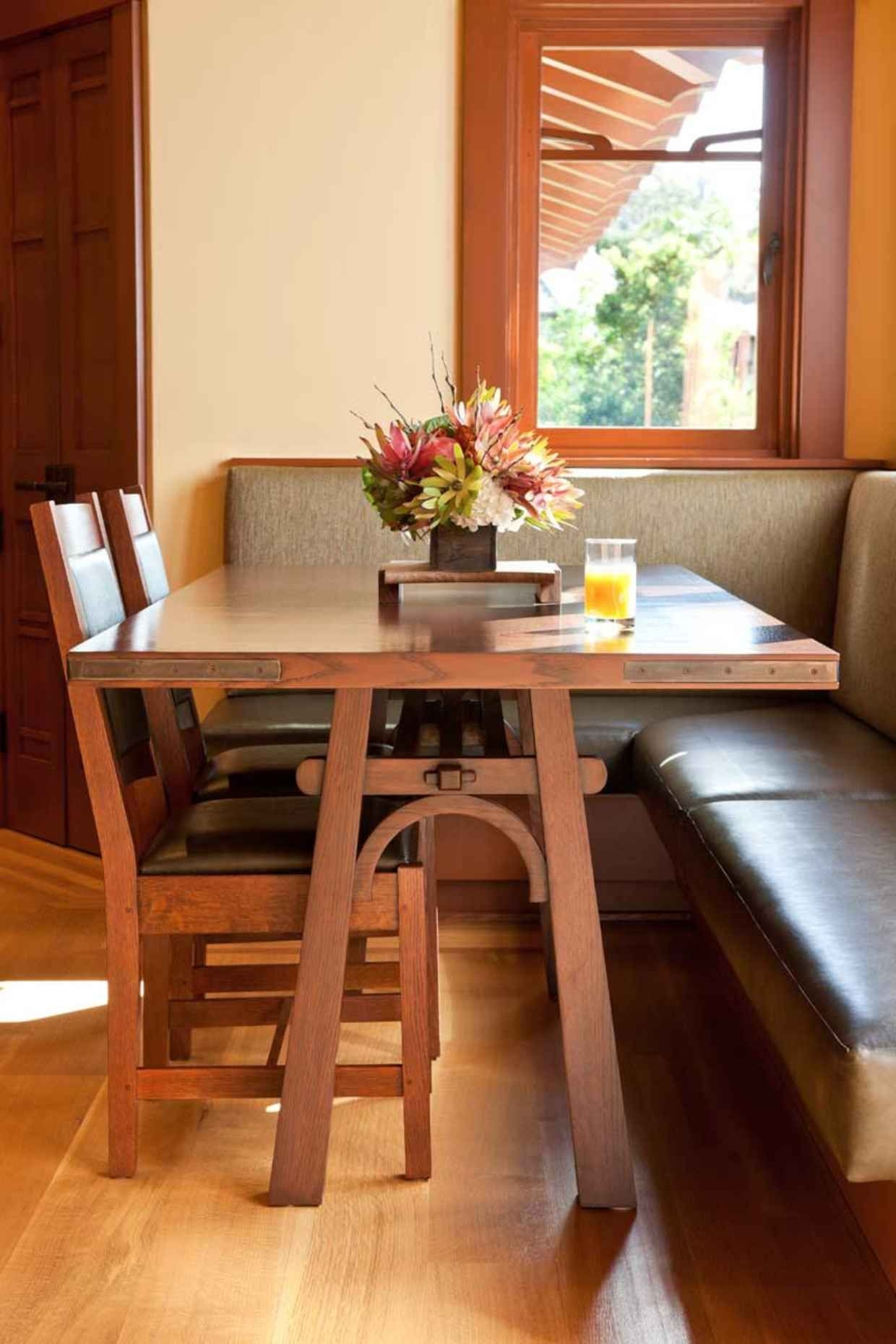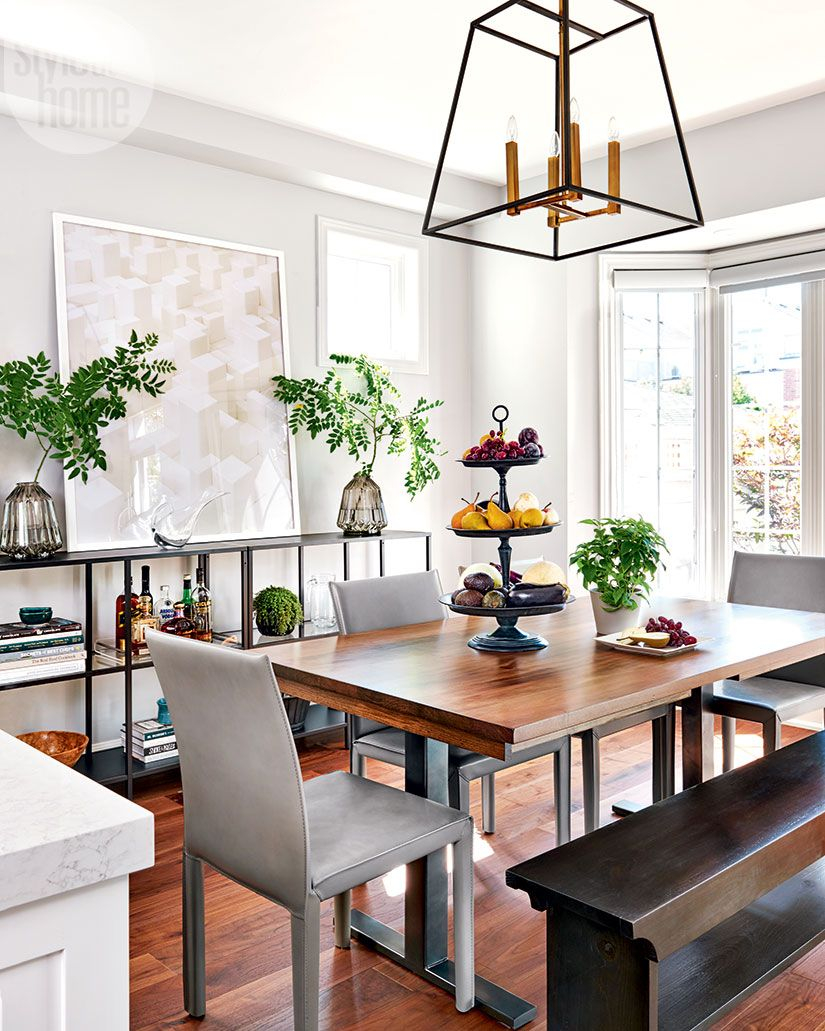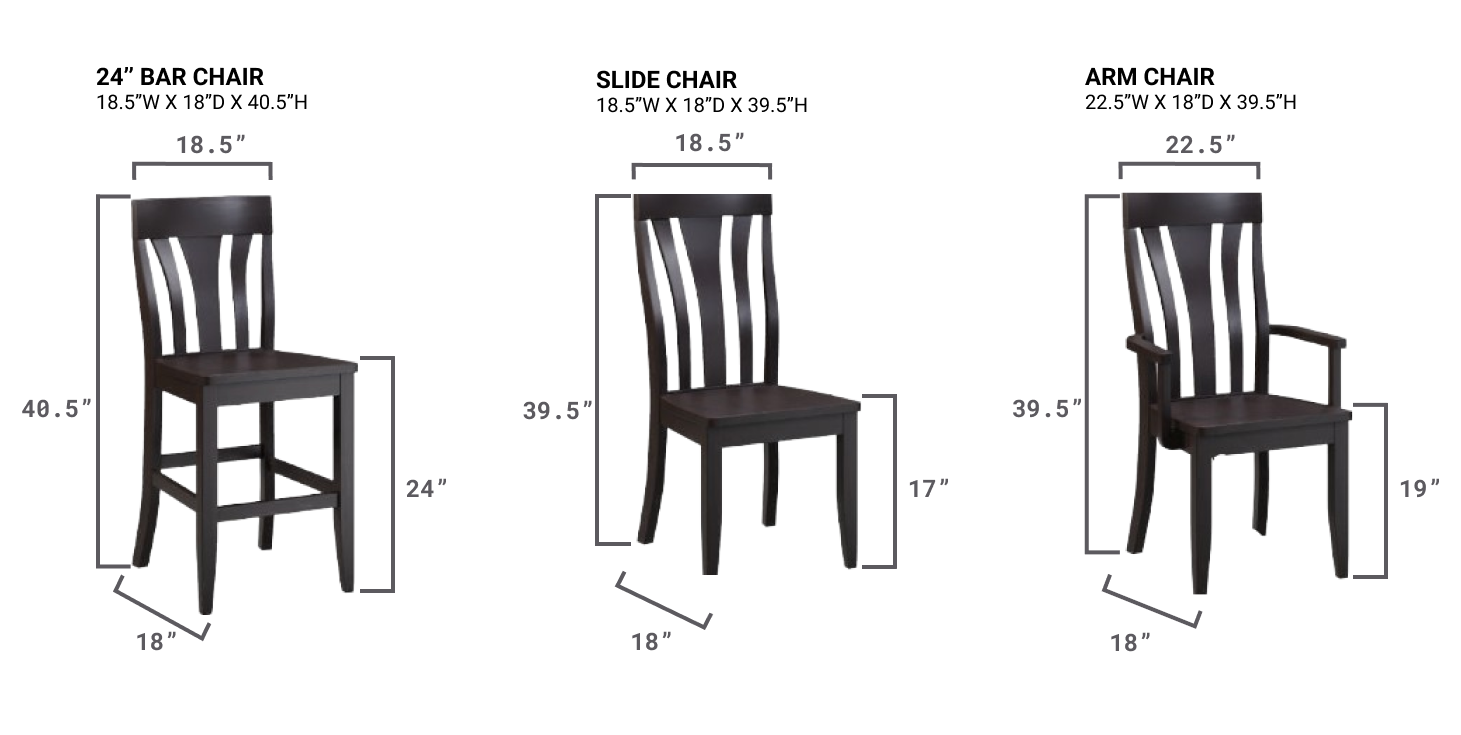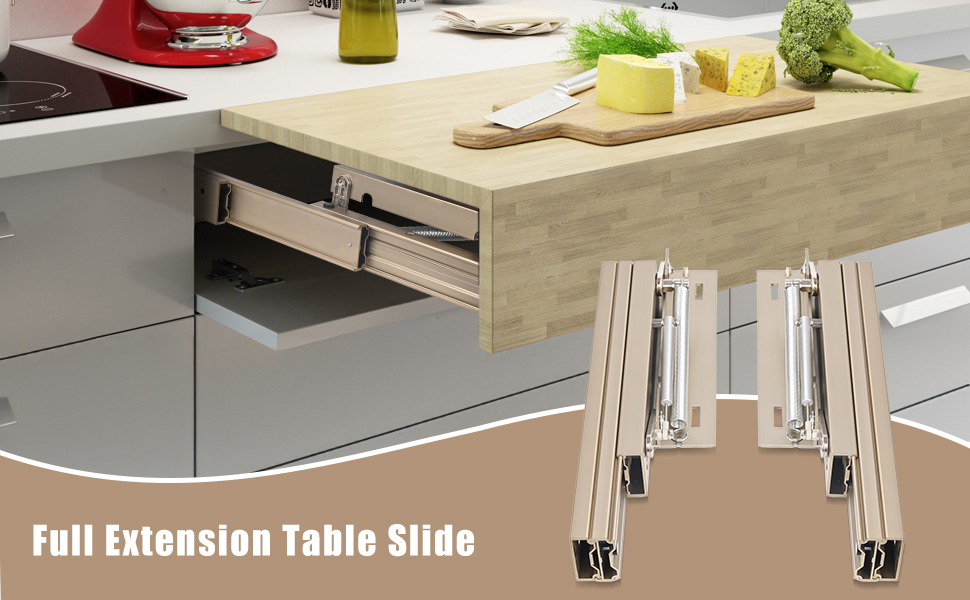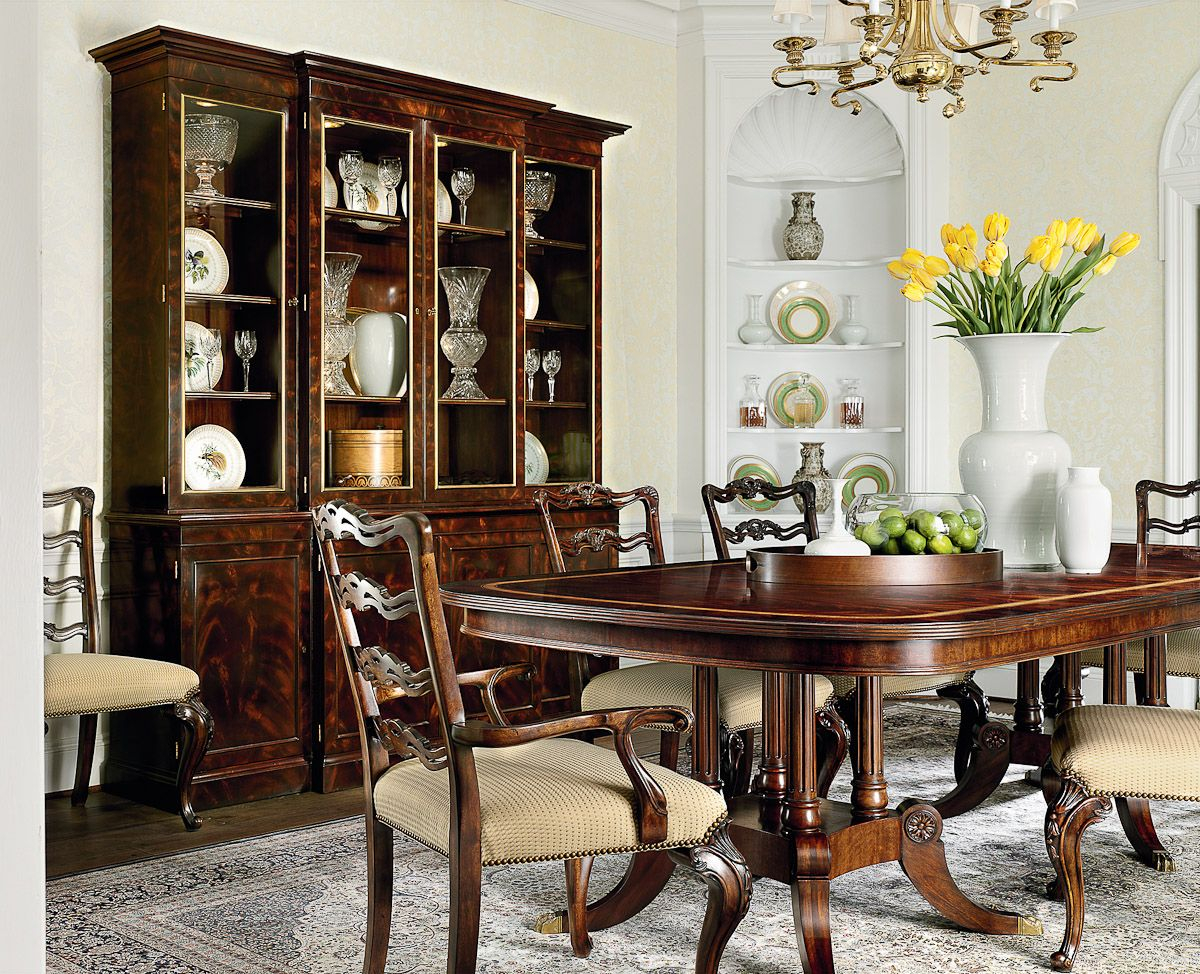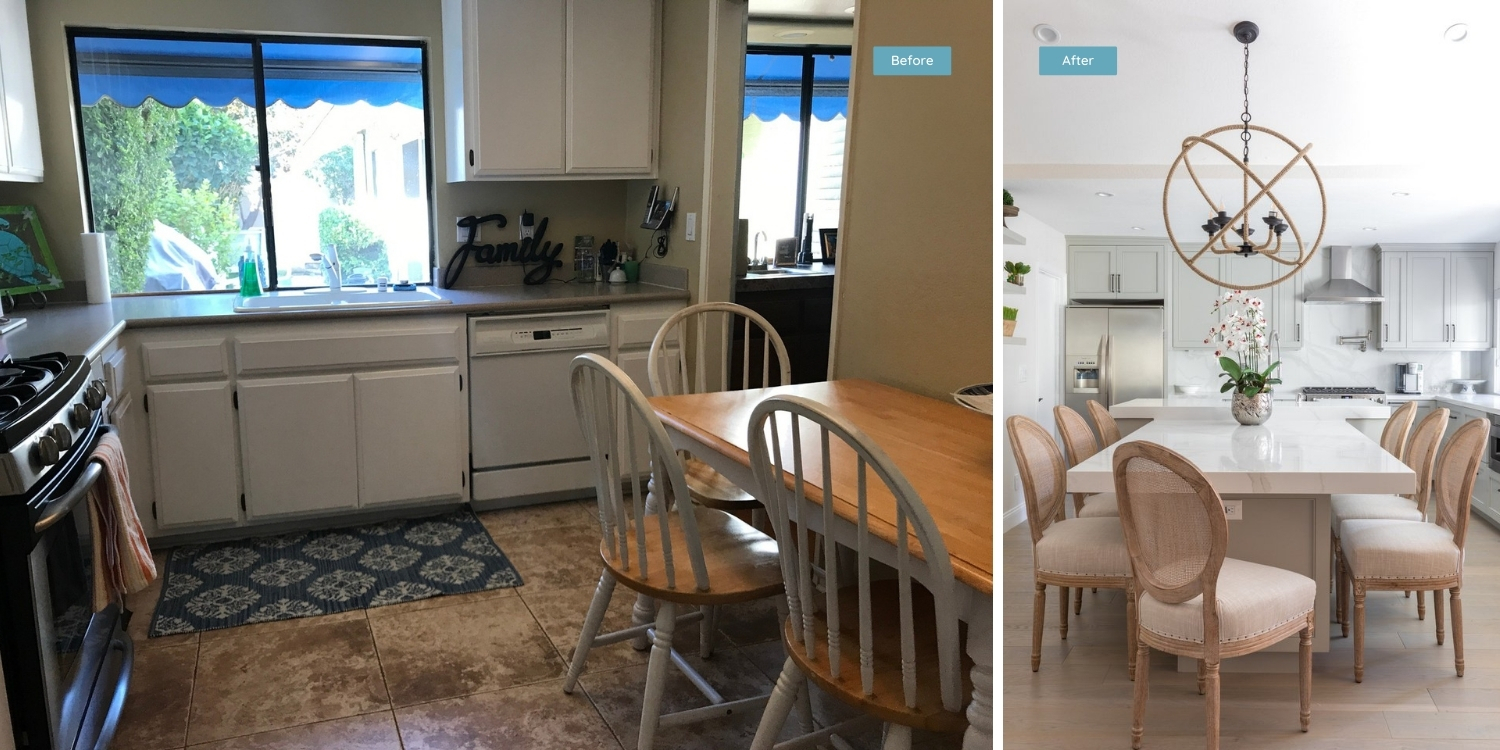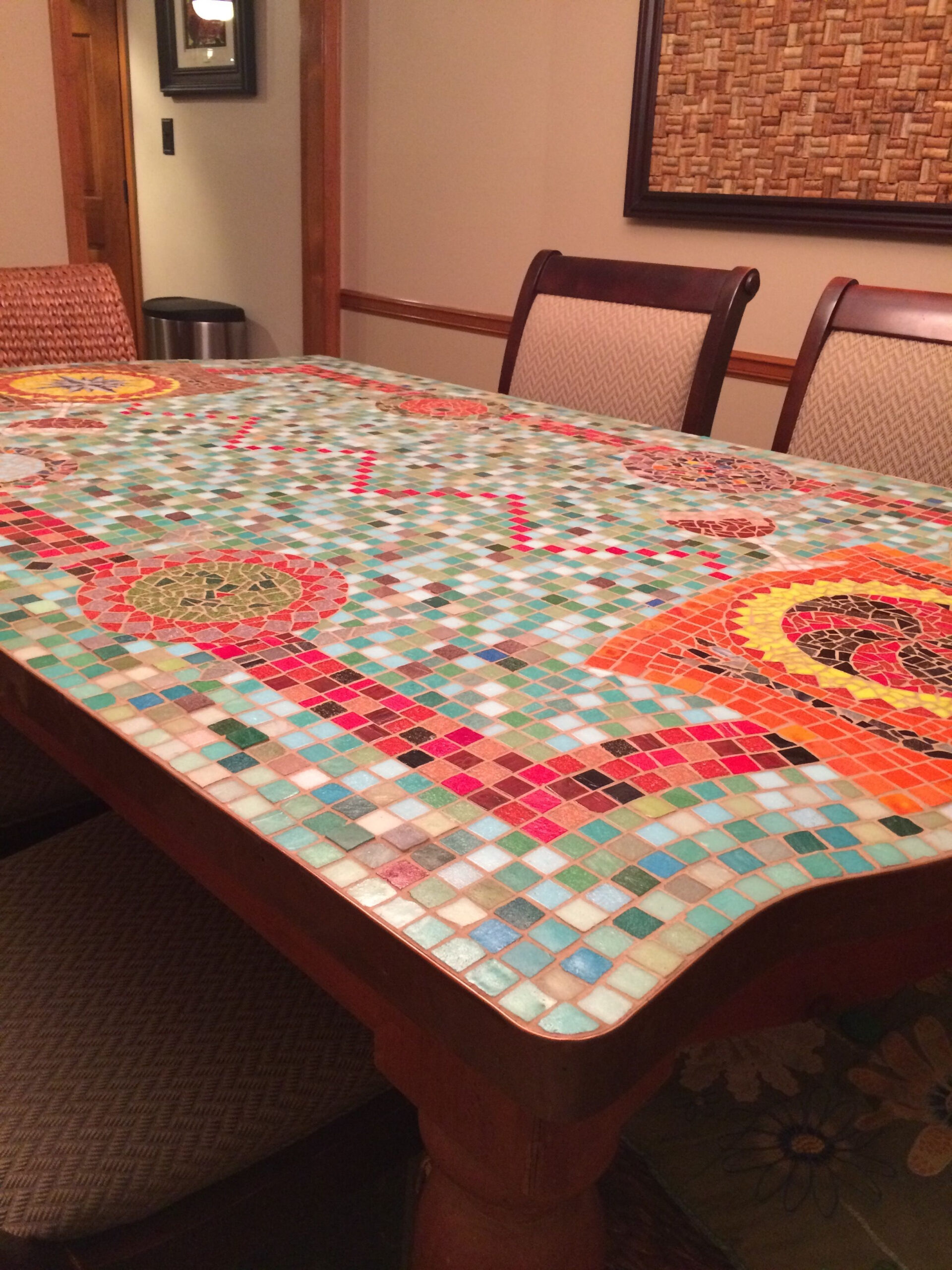Your dining table is more than just a place to eat; it’s where memories are made, conversations flow, and families gather. And at the heart of it all, literally, is the table base. Choosing the right one can transform your dining room from ordinary to extraordinary. But with so many options out there, how do you pick the perfect partner for your tabletop? Let’s dive in.
Picking a wood dining table base might seem straightforward – it just needs to hold up the top, right? Well, yes and no. The base is a critical design element that impacts stability, style, and even how comfortable your guests feel. Think about it: a wobbly table is a conversation killer, and a base that clashes with your aesthetic can throw off the whole room. So, we’re going to explore the nitty-gritty of what makes a great wood dining table base, covering everything from material and style to practical considerations. Ready to build a better dining experience?
Understanding Wood Types and Their Impact
When we talk about wood dining table bases, the type of wood used is a big deal. Different woods offer varying levels of durability, grain patterns, and color. Hardwoods like oak, maple, and walnut are excellent choices because they’re tough and can withstand the rigors of daily use. Oak, for instance, has a prominent grain that adds character and is known for its strength. Walnut, on the other hand, offers a darker, richer hue and a smoother grain, lending a touch of elegance. Softer woods like pine can be more affordable but might show dents and scratches more easily. It’s a trade-off between cost and resilience. Consider how you’ll use your table – if it’s for formal dinners only, softer woods might be fine. But for everyday family meals, a robust hardwood is usually the way to go.
Styles to Suit Your Space: From Traditional to Modern
The style of your table base should complement your overall dining room decor. Are you aiming for a classic, timeless look? A pedestal base, perhaps with some carved details, can evoke a sense of tradition. These are great for round tables and allow for easy seating all around. If your style leans more towards contemporary or minimalist, consider a sleek, straight-leg design or an industrial-inspired metal base that might be paired with a wood top. For a farmhouse vibe, a sturdy, chunky trestle base often fits the bill perfectly. Think about the lines and shapes – do they match the mood you want to create? A well-chosen base can really anchor the room’s design.
Stability and Support: The Practicalities
Let’s get down to the nitty-gritty of stability. A good table base needs to be robust enough to support your tabletop, especially if it’s large or made of heavy material like stone or thick wood. The way the base is constructed and the number of support points are crucial. A single pedestal base needs to be wide and heavy enough at the bottom to prevent tipping. Table bases with four legs generally offer excellent stability, provided the legs are well-attached and the construction is solid. Trestle bases, with their crossbars, also provide significant stability. Don’t underestimate the importance of how the base is attached to the tabletop. Look for secure fastening mechanisms. A wobbly table is just plain annoying, and a safe one is paramount, especially if you have kids.
Considering the Scale and Shape of Your Table
The base needs to be proportionate to your tabletop. A massive, ornate base under a delicate glass top can look awkward, just as a flimsy base supporting a heavy slab of granite is a recipe for disaster. For round or oval tables, pedestal bases are often a natural fit, offering unobstructed legroom. For rectangular tables, leg bases or trestle bases are common. Trestle bases, in particular, can be fantastic for longer tables, as they often allow for more legroom and seating flexibility compared to table legs that might intrude into seating areas. Imagine trying to squeeze into a seat when a thick leg is right where your knees should be. Not ideal, right? So, match the base’s footprint and height to your tabletop’s dimensions and shape.
Functionality and Legroom
Beyond just looks and stability, think about how the base will affect usability. How much legroom does it provide? Some bases, especially those with central pedestals that are too wide or have very angular supports, can limit where you can comfortably place your chairs and how easily people can move around the table. Four-legged bases generally offer the most consistent legroom. Trestle bases can be excellent, but you need to make sure the end supports don’t interfere with people sitting at the ends of the table. Consider the height of the base too; it needs to be the correct height for standard dining chairs. It sounds obvious, but sometimes proportions can be a little off depending on the design. Measure twice, buy once, as they say.
Maintenance and Durability Over Time
Wood, being an organic material, requires some consideration for maintenance. Different wood finishes will offer varying levels of protection. A good quality lacquer or varnish will protect against spills and stains, making cleanup easier. However, even the best finishes can be scratched or damaged. Think about how easy the base is to clean. Will dust accumulate in nooks and crannies of an ornate design? For busy households, a simpler, smoother design might be more practical. Also, consider the long-term durability. A well-constructed base made from solid hardwood with strong joinery will likely last for decades, becoming a cherished piece of furniture. Investing in quality here often pays off in the long run.
So, choosing a wood dining table base is a thoughtful process that blends aesthetics with practicality. By considering the type of wood, the overall style, the crucial aspects of stability and scale, and the functional element of legroom, you’re well on your way to finding a base that not only supports your table but also enhances your entire dining experience. Don’t rush the decision. Take your time, visualize how different bases will look and feel in your space, and choose one that you’ll love gathering around for years to come. Happy dining!

